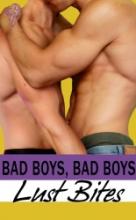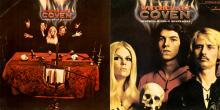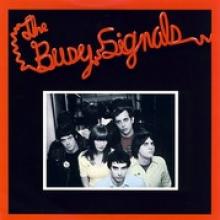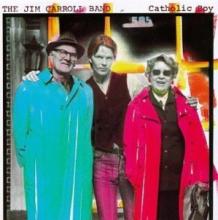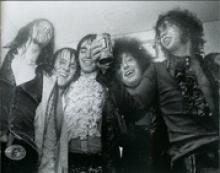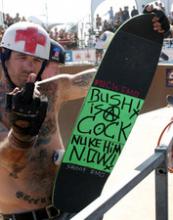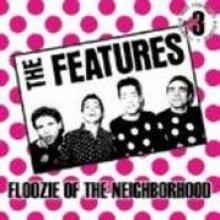Smashed in the Face: A HxCx Primer
Bad Brains
Unquestionably the most musically gifted hardcore group that ever stalked stages and able to move between reggae, dub and back to its DC styled thrash, concise HC made Bad Brains an interesting confluence of ideology, politics and style. Yeah, they broke up only to return with a disc on Madonna’s label that sucked, but given its previous work, we’ll forgive ‘em.
Minor Threat
Another DC based band, credited or disdained for accidently creating the straight edge thing, Minor Threat and Ian MacKaye would go on to influence not just the music itself, but how it was marketed, distributed and presented to the masses. Unfortunately maligned by some, the group’s Discography has to be one of the best selling punk related albums of all time.
Black Flag
As important as those first two groups, but hailing from the opposite coast, Greg Ginn was a hippie with some shreddin’ guitar skills. The band’s sound veered from ‘70s punk to hardcore and eventually metal when the band was fronted by Henry Rollins. His presence is perceived to have changed HC for a variety of reasons – I’ve been known to figure that if not for that guy, there might not have eventually been so many jocks and tough guys at shows. Who knows, though?
7 Seconds
An oddity in the fact that they hail from Nevada, 7 Seconds has been putting music out for such a long time that even if they stunk, its discography would still be impressive. It can’t be said to have drastically affected the genre as a whole, but 7 Seconds did function as an important outpost in touring schedules with its home base situated between Cali and Texas. Even if the band got a bit poppy over time, the first few discs are pretty much golden.
Gorilla Biscuits
Members from NYC’s Gorilla Biscuits would go on to work in some other pretty heavy bands, but even if that didn’t impact the future of HC, the bands scant few releases would have by themselves. Straigh-Edge, yes, but the band tried to be all inclusive. If nothing else, its Buzzcocks cover’s pretty good.
SSD
One of the more militant scenes in regards to its straight edge philosophies – and ass beatings – Boston gave the hardcore so many strong bands that to pick just one that best represents it is pretty difficult. But the fact that SSD predated most of ‘em is important. Going through a variety of variations on Society System Decontrol, the band unloosed some nasty hardcore before getting all metaly on us. Easily a personal favorite from this here list.
The Necros
Being from Ohio, I’m almost necessitated to include these guys. Maybe not the first hardcore band, but they showed up kinda early. And coming outta the ‘burbs of Toledo makes it all the more impressive that the Necros were able to release a single during ’81. Find it, I might buy it.
The only other Midwesterners on here, a recent spate of re-issues and tours have raised this Indiana band’s visibility of late. Only releasing a single album during its brief existence, the band still helped solidify the genre – and had some pretty cool album art.
